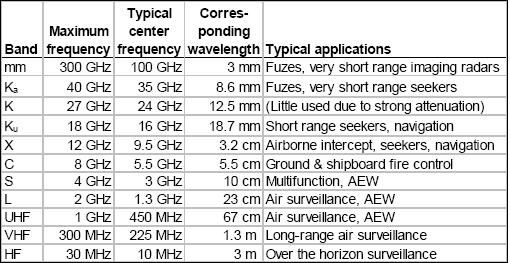(Reuters) - The U.S. military is working closely with Lockheed Martin Corp and other suppliers to lower the per-plane cost of the F-35 fighter jet and improve its reliability, the chief weapons buyer for the U.S. Air Force said in interview on Monday.
Assistant Air Force Secretary William LaPlante said
the price of the new A-model F-35 is on track to drop from $112 million now to the mid-$80 million range by 2018 or 2019,
but the program is developing plans to drive the price even lower.
The Government Accountability Office, a congressional watchdog agency, remains skeptical about those efforts, noting that the A-model jets procured in 2013 cost $124.8 million each, about $41 million above the Pentagon's target for 2019.
The U.S. military was also focused on improving the reliability of the jets, which are breaking down between flights more often than expected, he said.
The F-35 A-model was intended to cost around $50 million per plane, giving the United States and its allies a low-cost way to replace a dozen warplanes now in service. Critics say technical challenges have driven costs higher, which could jeopardize the larger orders needed to achieve lower costs in the longer term.
"There are lots of ideas on how to bring the costs lower," LaPlante said. He said the parties were looking at what specific investments could be made by industry and government to lower production costs, but gave no details.
The Pentagon is due to unveil a plan with new cost targets for the $392 billion program in early 2014.
The GAO on Monday said the program had already lowered the overall cost of developing and buying 2,457 F-35 fighter jets by $11.5 billion or 3.3 percent last year.
The Pentagon's own cost projections, due to be sent to Congress in mid-April, are expected to show a similar drop in F-35 costs, sources familiar with the issue said Tuesday.
Lockheed is developing three models of the F-35 for the U.S. military and eight countries that helped fund its development: Britain, Australia, Canada, Denmark, Norway, Turkey, Italy and Netherlands. Israel and Japan have also placed orders and South Korea this month announced plans to buy the jet.
LaPlante said the Air Force still planned to boost its F-35 orders to around 60 jets a year to achieve economies of scale and drive the cost lower. He said the service made difficult choices in its fiscal 2015 budget and five-year spending plan to protect the ramp up in F-35 production for that reason.
"The operation and sustainment cost is a bigger issue," LaPlante said. "It's the one that will say whether or not we can afford (the F-35)" in the longer run.
The Pentagon's chief weapons tester reported in January that the F-35 fleet was available for use an average of 37 percent of the time from late 2012 to October 2013, far below the minimum threshold of 50 percent and the program's goal of 75 percent. The program is aiming for 60 percent availability by 2015.
LaPlante said the effort was looking at which parts were failing more often than expected and making changes there, but improvements would take time to show up in the statistics.
"It's going to take a sustained effort," he said. "We're going to be watching this one over the next one to two years."
U.S. focuses on cheaper, more reliable F-35 jet: Air Force official | Reuters



